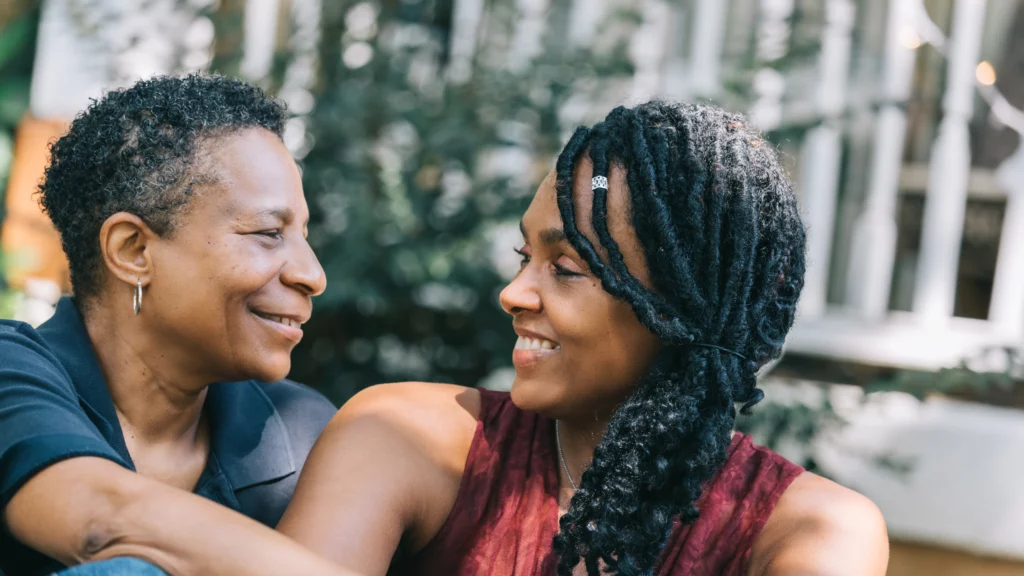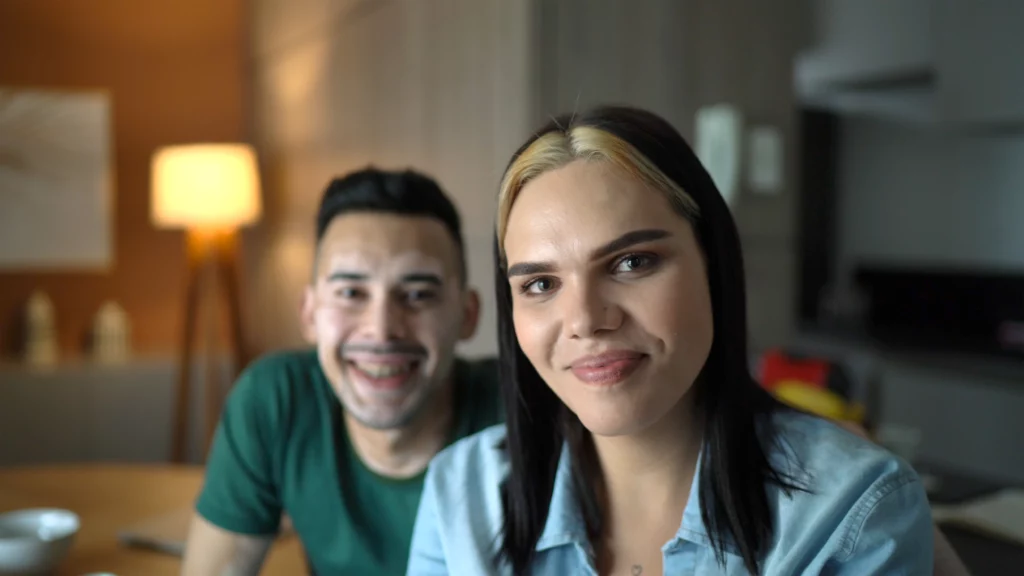


Data from Aging with Pride: National Health, Aging, and Sexuality/Gender Study (NHAS), a study of 2450 sexual and gender diverse older adults.
The Iridescent Life Course
The timing and interplay of life events with historical times and intersectional identities is critical to understanding the experiences of differing generations. The Iridescent Life Course was applied in this study to asses the varied, fluid, and intersection life experiences rather than situating bisexual lives within a restrictive, homogenous, and heteronormative life course as in the past.
Measured on a 6-point Likert scale.
Measured as a rating from 1 to 10.
The Invisible Generation reported the lowest rates of identity affirmation and lowest levels of outness.
Bisexual men in particular were less likely to be out and reporter higher rates of identity stigma and lower rates of identity affirmation than bisexual women.
The Invisible Generation were significantly more likely to have never married than their younger counterparts.
Despite higher rates of chronic conditions and physical impairments, as would be expected for the oldest generation, the Invisible Generation was the least likely to experience depression.
The Silenced Generation recognized their identity approximately 6-7 years later in life than both the younger and older generations.
Among bisexuals, a different-sex marriage does not necessarily indicate hiding or denying identity, but rather an important life experience within the sequencing of their life course.
This experience may, in fact, have been protective as the Silenced Generation also reported the lowest rates of identity-related stigma.
Recommended citation: Fredriksen-Goldsen, K. I., Jen, S., Clark, T., Kim, H.-J., Jung, H., Goldsen, J. (2022). Historical and generational forces in the Iridescent Life Course of bisexual women, men, and gender diverse older adults. Sexualities, 25(1–2), 132–156. doi:10.1177/1363460720947313
© Goldsen Institute 2023, University of Washington, Seattle, WA.

